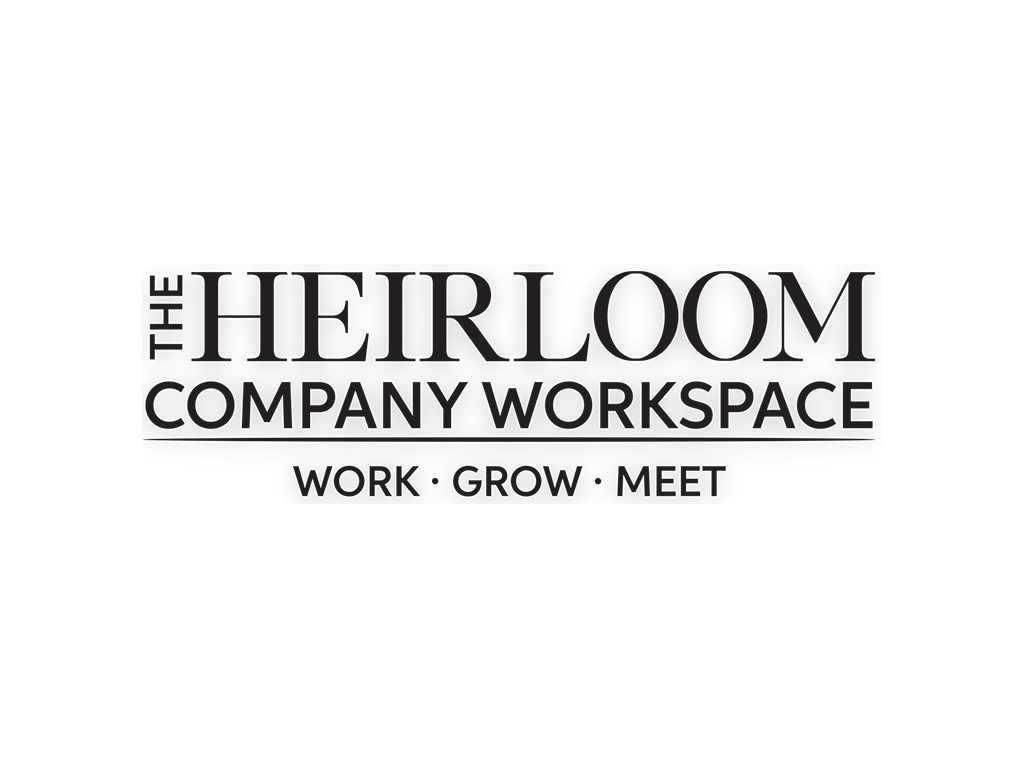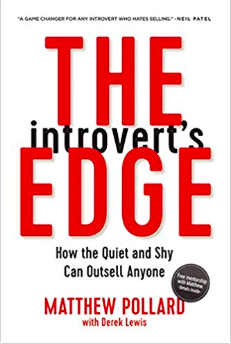By Jamie Ihms
I recently finished Matthew Pollard’s The Introvert’s Edge: How the Quiet and Shy Can Outsell Anyone. I give this book 5 out of 5 stars. It’s engaging, educational, and easy to read.
While this book obviously targets those of us with more introverted qualities, it’s really a great read for all personality types. I think this is largely because it redirects the salesperson’s attention from themselves or the product/service that they’re selling to the customer, where it should be. If you feel icky every time you hear the word “sales”, this should be the next book you read. After all, we’re all selling something, regardless of our job title. Selling works the same way whether the thing being sold is a product or your opinion.
One of the things I love about this book is the way that Matthew humbly shows us where he started; as a terrified kid with no sales experience who plowed into leads with awkward sales tactics. Then he shows how he figured out what worked for him, and ultimately gives the reader a framework for a successful sales pitch, with the freedom to make it their own. I love it when I’m given the tools for success, but I’m not locked into someone else’s formula. One of the wonderful things about humans is that we’re all different–and therefore, we all have different personalities, different ways of relating to people, different ways of interpreting and delivering a sales pitch. So, Matthew advises the reader to create a system that works, tweak it until it works consistently, and then stick with that. Once you have something that works, there’s no longer pressure to adjust to each new customer or new situation. The pitch is always the same. And it’s the only thing we can control.
One thing that I’ve learned from my extremely introverted personality is that it isn’t a cage. Being introverted is actually a wonderful advantage when it allows us to understand others. We introverts tend to be great listeners, and very emotionally aware. This can be difficult in sales, because we the “listening” piece looks different for us than it does for the extrovert, or the outgoing salesperson. We usually need a few minutes to process a question before answering. But that can seem rude when it looks like silence. So we just need to find a few key ways to show that our response (or seemingly lack thereof) is one of the ways we’re personalizing the experience. For instance, we can repeat the customer’s question as we think of the answer. Or, we can say outright, “let me think about that thoroughly before I answer”.
Here’s the beauty of what’s found in this book: We control ourselves, so we just need to find what works for us; and because introverts are generally good at listening, and at truly seeing people, we can get really good at selling in a way that serves the customer, rather than being an icky, greedy salesperson.



 This is your new headquarters for everything business, creativity, and parenting. Our space reaches further than just between our front door and back door. We strive to provide helpful content on productivity, working as a parent, networking, marketing and everything else that building a business (and a family) involves. Enjoy!
This is your new headquarters for everything business, creativity, and parenting. Our space reaches further than just between our front door and back door. We strive to provide helpful content on productivity, working as a parent, networking, marketing and everything else that building a business (and a family) involves. Enjoy!